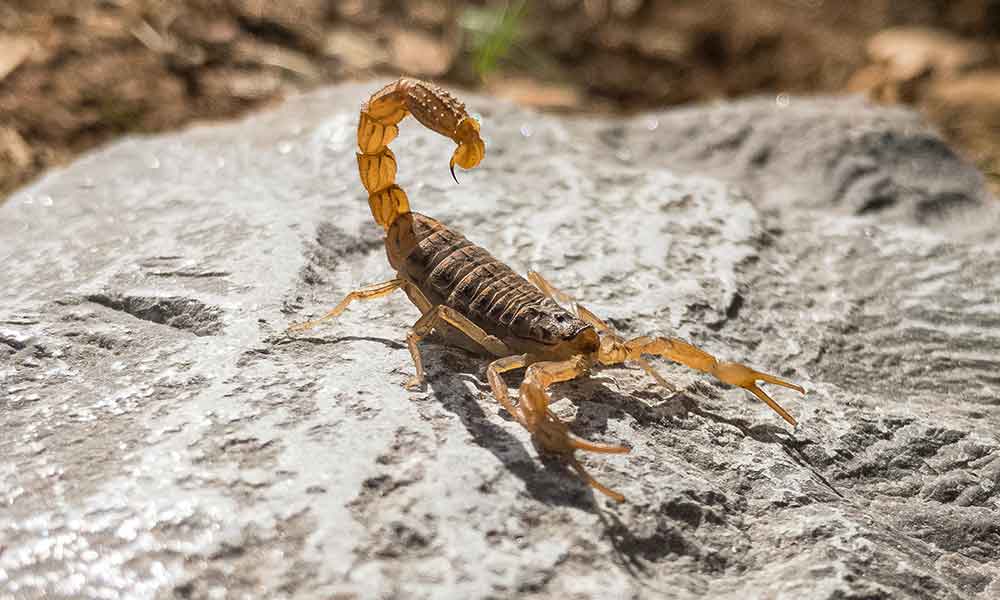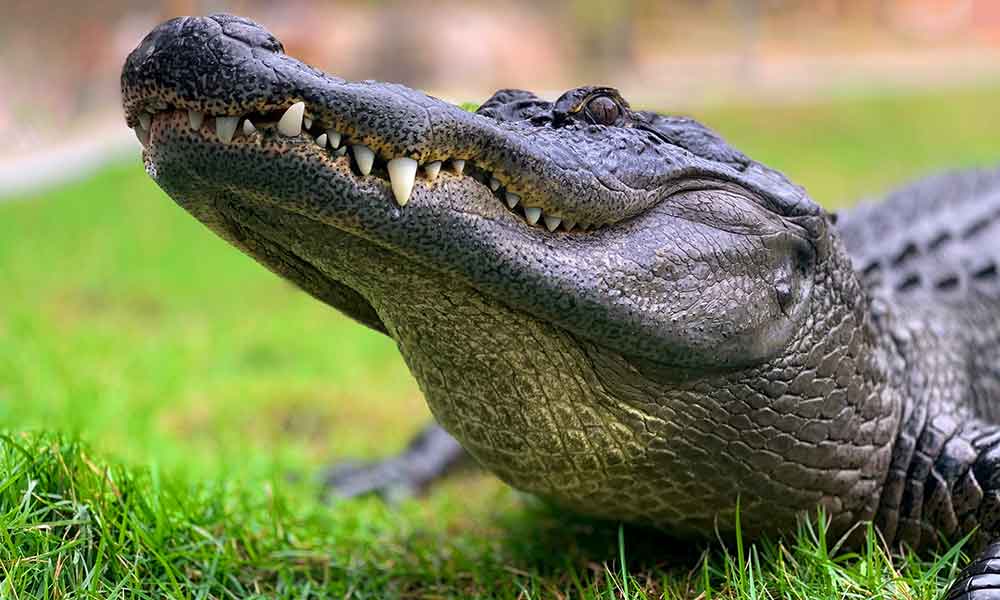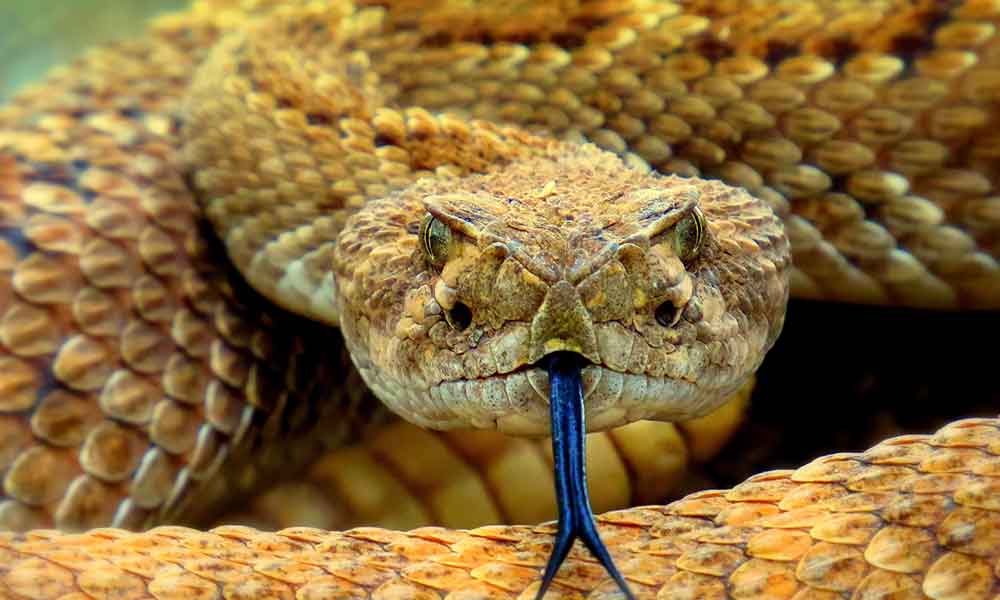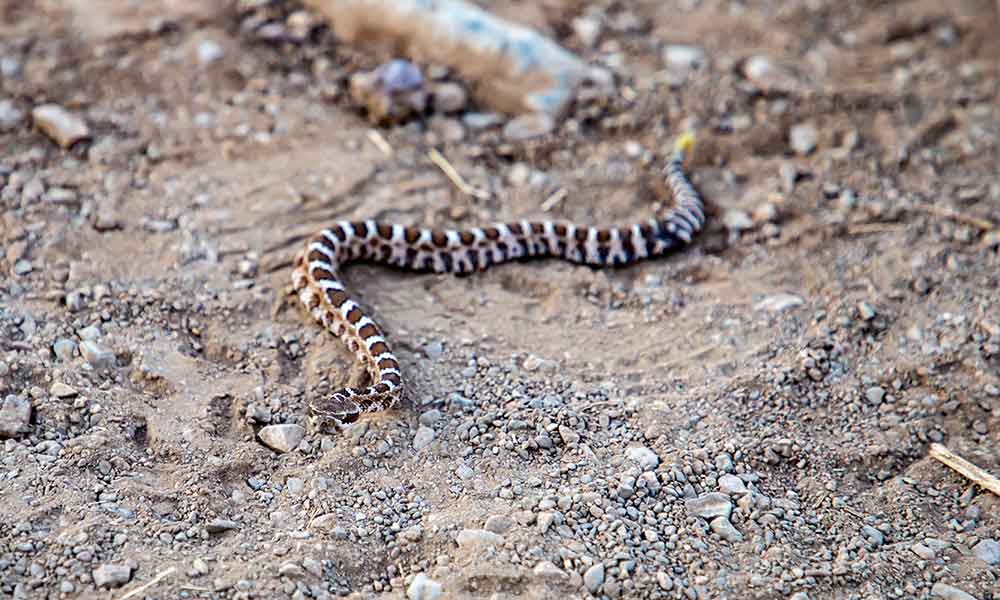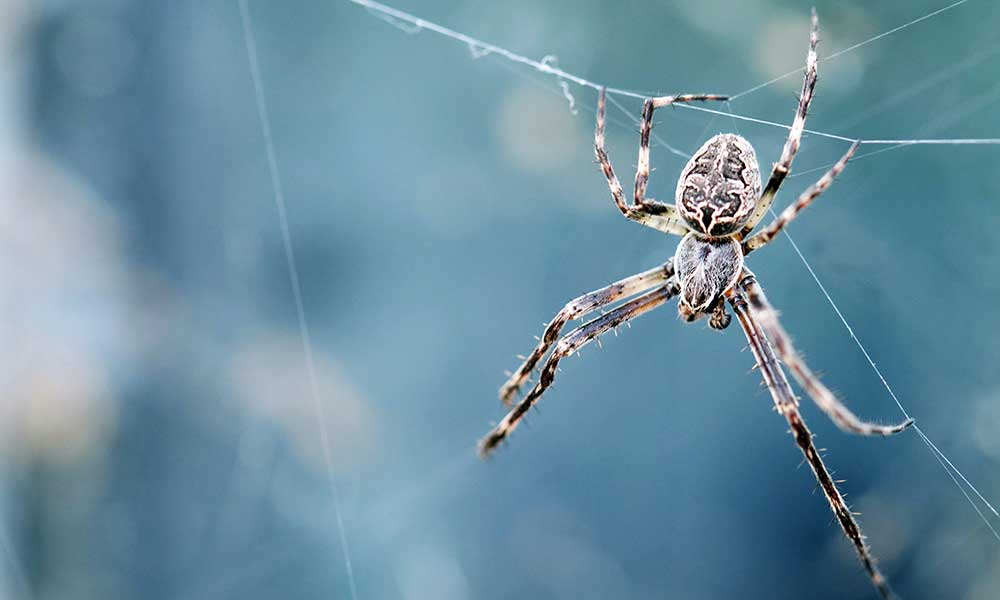Crabs fall under the order of Brachyura, which comes from the Greek words meaning “short” and “tail”. They survive in freshwater and on land and can be found all over the world.
Crabs have a thick exoskeleton made of chitin and two pincers that they use to grab and crush. They vary in size from just a few millimeters to over a dozen feet, and there are also many differences in strength, weight, color, habitat, and characteristics.
In this guide to crab species, we’ll cover the following 14 types of crabs:
- King Crabs
- The Dungeness Crab
- The Blue Crab
- The Brown Crab
- The Coconut Crab
- Hermit Crabs
- Japanese Spider Crab
- Florida Stone Crab
- Peekytoe Crab
- Horsehair Crab
- Southern European Crab
- Snow Crabs
- Bairdi Crabs
- Atlantic Horseshoe Crab
What Are the Types of Crabs?
There are more than 6,000 species of crab, and these span 93 families. Some you will recognize, some you will have seen, others look like something straight out of a science-fiction film.
In any case, there are a lot of interesting types of crabs shuffling across the world’s beaches, and we have listed some of the most interesting ones below.
King Crabs (Paralithodes)
- Species: Red King Crabs, Blue King Crabs, California King Crab, Alaskan King Crab
- Approximate Size: A Leg Span Of Up To 6 Feet
- Approximate Weight: Up To 20 lbs.
There is no single “king crab”. It’s actually a taxonomy that describes a number of different crabs, including the Alaskan king crab, red king crab, and California king crab.
King crabs are thought to be related to hermit crabs (more on these below) and there are 121 different species. King crabs are among the most prized (and the most expensive) edible crabs.
The Dungeness Crab (Metacarcinus magister)
- Other Names: Cancer magister
- Approximate Size: Up To 9 Inches Across
- Approximate Weight: Up To 3 lbs.
Dungeness crabs live around the west coast of North America and play a vital role in the US fishing industry. Most Dungeness crabs are less than 8 inches in width but they are known to get closer to 10 inches.
Dungeness crabs have five pairs of armored legs and they feed on a range of fishes, mollusks, and crustaceans.
The Blue Crab (Callinectes sapidus)
- Other Names: Chesapeake Blue Crab, Atlantic Blue Crab
- Approximate Size: Up To 9 Inches in Width
- Approximate Weight: Up To 1/3rd of a Pound
The blue crab is a distinctive crab species that is native to the Gulf of Mexico and the western Atlantic but has been introduced all over the world.
These edible crabs are very popular across Louisiana, Delaware, New Jersey, and North Carolina. In Maryland, it is the official state crustacean.
The Brown Crab (Cancer pagurus)
- Other Names: Edible Crab
- Approximate Size: Up To 10 Inches
- Approximate Weight: Up To 6.5 lbs.
The brown crab or edible crab is commonly found in the North Atlantic and in the North Sea, with some also located in the Mediterranean Sea. It has a circular pie-like shape and a dimpled edge that looks like a piecrust.
These crabs are part of a vast fishing industry and are some of the most fished crabs in Western Europe.
The Coconut Crab (Birgus latro)
- Other Names: Robber Crab, Palm Thief
- Approximate Size: Up to 1 meter in width
- Approximate Weight: Up to 9 lbs.
The coconut crab is one of the most unique crabs in the world. Not only does it have the power to send a shiver down the spines of both kabourophobes and arachnophobes, but they’re also the largest crabs by weight, have very distinctive colors (either purple, red, or blue depending on their location), and can grab with over 750 pounds of force.
If you thought that crabs were just harmless and silly creatures that made for easy pickings and a tasty meal, wait until you set your eyes on this beast!
Hermit Crabs (Paguroidea)
- Species: Coconut Crab, Halloween Hermit Crab, Coenobita
- Average Size: Up To 4 Inches
- Average Weight: Up To 11 lbs.
Hermit crabs, just like king crabs, are a family of crabs that includes over 800 species, including the aforementioned coconut crabs.
These crabs are so-named for their habit of scavenging empty mollusk shells. If no such shells are available, hermit crabs will resort to using junk left behind by humans, including tin cans.
Japanese Spider Crab (Macrocheira kaempferi)
- Approximate Size: Over 12 Feet
- Approximate Weight: Up To 42 lbs.
The Japanese spider crab looks like something pulled out of a horror film. It’s a beast of a crab with massive legs that lives around the coasts of Japan.
The Japanese spider crab has the largest leg span of any arthropod, reaching over 12 feet.
Other Types of Crab
As noted above, there are thousands of crab species out there. We don’t have the page space to list all of them, but there’s still room for a few others!
- Florida Stone Crab (Menippe mercenaria)
- Peekytoe Crab (Cancer irroratus)
- Horsehair Crab (Erimacrus isenbeckii)
- Southern European Crab (Potamon fluviatile)
- Snow Crabs (Chionoecetes opilio)
- Bairdi Crabs (Chionoecetes bairdi)
- Atlantic Horseshoe Crab (Limulus polyphemus)
FAQs About Crabs
If you still have a few questions about the many types of crabs, check out the following FAQs.
What is the Fear of Crabs Called?
The word “crab” seems to originate from an old-German word which meant “to scratch” or “to claw” and worked its way into the English language through a mixture of Norse, German, and Dutch languages.
If you have a fear of crabs, however, you’re said to have “kabourophobia”.
At the time of writing, typing “kabourophobia” into Google prompts the question, “Did You Mean Coulrophibia?” (a fear of clowns), showing you just how rare this phobia is. “Kabourophobia” comes from the Greek words “kabouri” (“Καβούρια”) and “phobia” (φοβός), literally meaning “fear of crabs”.
Incidentally, while English speakers pronounce the word with a “b” sound (ka-BOO-oh-ho-bia), it’s more of a “v” in Greek (ka-VOO-oh-fo-bi-ah).
What Is The Most Common Crab?
In the United States, the Dungeness crab and blue crab are one of the most common. In Europe, it’s all about the brown crab. King crabs are also common all over the world.
How Many Types Of Crabs Are Edible?
Although there are thousands of crab species, the ones that make it onto dinner tables typically cover just a few dozen. Many crabs are edible, but there are some exceptions to be aware of.
What Crabs Are Not Edible?
The Xanthidae family of crabs is not edible. Also known as rubble crabs, pebble crabs, and mud crabs, these animals are poisonous and there is no known antidote. There are hundreds of species in this family.
What Is The Largest Edible Crab?
Japanese spider crabs are the largest edible crabs. They are considered to be a delicacy in Japan. Elsewhere, they are seen as somewhat of an anomaly, something that you’re more likely to find on a list of “Scary Animals” than “Delicious Crabs”.
There are other large crabs that are commonly eaten, including king crabs.
Can A Crab Cut Off Your Finger?
A crab generally doesn’t have enough power to cut cleanly through your finger. There is bone and ligaments—it’s not as easy as you might think. However, larger crabs can do a lot of damage and should be handled with care.
What Is The Largest Coconut Crab?
The largest coconut crabs can grow to be over 1 meter. They are not quite as big as the Japanese spider crab, but they are wider, stockier, and you definitely wouldn’t want to bump into one of them while you’re strolling along the beach.

